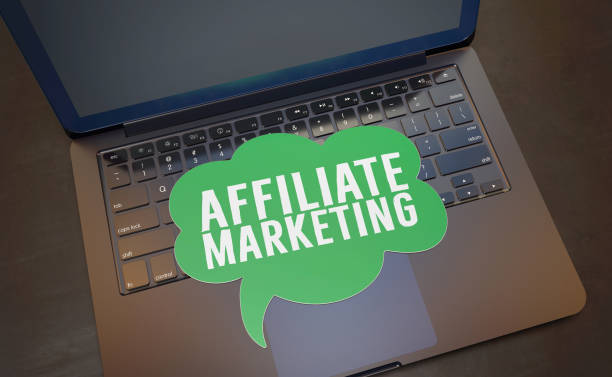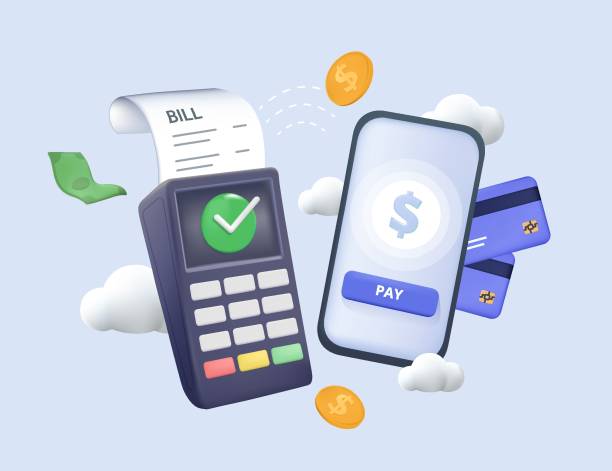In today’s digital age, combining the visual appeal of Pinterest with the e-commerce powerhouse Shopify can be a game-changer for your online business. Whether you’re a seasoned entrepreneur or just starting, leveraging these platforms can drive significant traffic and boost your sales. But how exactly does selling on Pinterest with Shopify work? Let’s dive in and explore this dynamic duo in detail.
The Power of Pinterest and Shopify
Pinterest is a visual discovery engine where users find inspiration for everything from home decor to fashion, recipes, and more. With over 400 million active users, it’s a fertile ground for businesses looking to showcase their products to a visually driven audience.
Shopify, on the other hand, is one of the leading e-commerce platforms that enables businesses to set up and manage online stores seamlessly. By integrating Shopify with Pinterest, you can tap into Pinterest’s vast user base and convert visual searches into sales.
Setting Up Your Shopify Store
Before you can start selling on Pinterest, you need a Shopify store. Here’s a quick guide to getting started:
- Sign Up for Shopify: Begin by signing up for a Shopify account. Choose a plan that suits your business needs and budget.
- Customize Your Store: Shopify offers a range of themes and customization options. Make sure your store reflects your brand’s identity. Add your products, complete with high-quality images, detailed descriptions, and prices.
- Set Up Payment and Shipping: Configure your payment gateways (Shopify supports various options like PayPal, Stripe, etc.) and set up your shipping methods.
- Launch Your Store: Once everything is set up, launch your store and make it live. Now, you’re ready to integrate with Pinterest!

Integrating Shopify with Pinterest
The integration process is straightforward and brings your Shopify products directly onto Pinterest, making them shoppable.
- Add the Pinterest Sales Channel: In your Shopify admin, go to the ‘Sales Channels’ section and add Pinterest. This will create a direct link between your Shopify store and Pinterest account.
- Connect Your Pinterest Account: Log in to your Pinterest business account (or create one if you don’t have it). Authorize the connection with Shopify. This allows Shopify to access and manage your Pinterest account.
- Upload Your Product Catalog: Shopify will automatically upload your product catalog to Pinterest. This enables Pinterest to create Product Pins – a type of Rich Pin that includes real-time pricing, availability, and a direct link to your product page on Shopify.
- Verify Your Domain: To ensure that Pinterest recognizes you as the owner of your website, you need to verify your domain. This involves adding a meta tag to your Shopify store or uploading an HTML file.
- Optimize Your Pins: With your products now on Pinterest, focus on optimizing your pins. Use high-quality images, add detailed descriptions, and incorporate relevant keywords to improve discoverability.
Creating Compelling Content
Pinterest is all about visuals. To stand out, you need to create compelling content that resonates with your audience.
- High-Quality Images: Invest in professional photography. Clear, high-resolution images make a significant difference in capturing attention.
- Infographics and How-To Guides: Create infographics and step-by-step guides that provide value. For example, if you sell kitchenware, share recipes or cooking tips using your products.
- Seasonal and Trend-Based Content: Align your content with seasonal trends and holidays. Create boards and pins that reflect current trends and festivities.
- User-Generated Content: Encourage your customers to share their photos using your products. Feature this user-generated content on your Pinterest boards to build trust and authenticity.

Leveraging Pinterest Features
Pinterest offers several features that can enhance your selling strategy:
- Promoted Pins: These are paid ads that appear in users’ feeds and search results. Promoted Pins can significantly boost your visibility and reach.
- Pinterest Analytics: Use Pinterest Analytics to track the performance of your pins. Understand which pins are driving the most traffic and sales, and adjust your strategy accordingly.
- Rich Pins: These provide more context about an idea because they show extra information directly on the pin. For products, Rich Pins include real-time pricing, availability, and where to buy.
- Buyable Pins: These allow users to purchase products directly from Pinterest. While this feature is more prominent in the U.S., it’s worth exploring if it’s available in your region.
Engaging with the Pinterest Community
Pinterest is a social platform, so engagement is key. Here are some tips to build a strong presence:
- Regular Posting: Consistency is crucial. Regularly update your boards with new pins to keep your audience engaged.
- Collaborate with Influencers: Partner with Pinterest influencers who align with your brand. Influencer endorsements can expand your reach and credibility.
- Respond to Comments: Engage with users who comment on your pins. Responding to questions and feedback can build a loyal customer base.
- Run Contests and Giveaways: Encourage user interaction by hosting contests and giveaways. This can drive engagement and increase your follower count.

Measuring Success
To understand the effectiveness of your Pinterest strategy, you need to measure key metrics:
- Traffic: Monitor how much traffic Pinterest is driving to your Shopify store. Use Google Analytics to track this data.
- Conversion Rates: Analyze your conversion rates from Pinterest traffic. Identify which pins are leading to sales and optimize accordingly.
- Engagement Metrics: Track likes, comments, repins, and shares. High engagement often translates to higher visibility and reach.
- Sales Performance: Ultimately, your goal is to increase sales. Monitor the sales generated from Pinterest and calculate your return on investment (ROI) from promoted pins and other paid features.
Conclusion
Selling on Pinterest with Shopify is a powerful way to leverage the strengths of both platforms. By creating visually appealing content, optimizing your pins, and engaging with the Pinterest community, you can drive significant traffic to your Shopify store and boost your sales. Start integrating Pinterest with Shopify today, and unlock the potential of this dynamic duo to take your online business to new heights.












